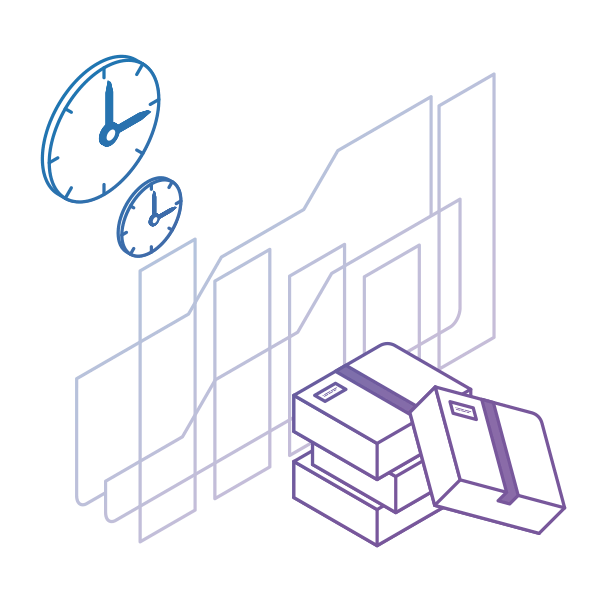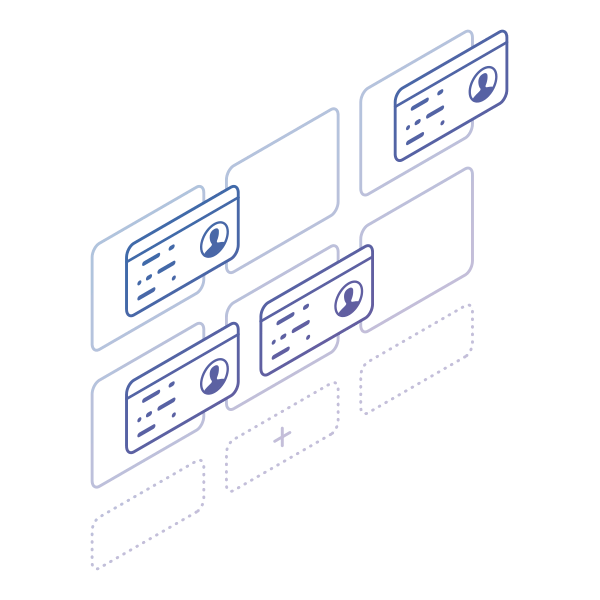Traditionally focused on increasing revenue, reducing costs, or minimizing risks, organizations are now prioritizing resilience, agility, and the ability to deliver outcomes swiftly and predictably.
According to the State of Agile Report, key success indicators for Agile teams include value delivered (29%) and planned-to-done ratio (25%). This shift underscores the need for planning methods that support flexibility and innovation, moving away from rigid deadlines toward data-driven decision-making. This is where Kanban planning becomes a strategic response to these changes.
Kanban planning is a lean approach that helps organizations improve project management by visualizing workflows on kanban boards, breaking down projects into manageable work items, and collecting historical data to guide and inform decisions.
Let’s discuss how Kanban planning transforms traditional project management by emphasizing continuous improvement and operational efficiency.
Table of Contents
How Does Kanban Planning Help Build Up Resilience?
-
Enhancing Project Transparency: At the core of every Kanban workflow is the visualization of every step of the work process and individual tasks. This not only fosters transparency among team members about real-time work progress but also underscores each person's contribution to the overall project. Moreover, the system swiftly identifies and elevates bottlenecks, providing a foundation for continuous improvement.
-
Preventing Waste. Consider managing a website development project. Would you start assigning start and end dates for each individual task? In our experience, the approach often proves unrealistic and can lead to significant waste. Such scheduling pressures can push your team toward poor decisions and inefficient practices.
-
Emphasizing Flexibility. Kanban planning prioritizes outcomes and analyzes delivery dates and cycle times, recognizing the unpredictable nature of future events. By shifting from a deterministic to a probabilistic approach, it focuses on working within ranges and probabilities rather than fixed deadlines, thereby promoting flexibility.
Planning on a Kanban Board
Let's explore how a kanban board facilitates planning your projects on a weekly, monthly, quarterly basis, and beyond.
Using the Reversed Timeline
Once you create your kanban board and map the entire work process, from the backlog through the work in progress and done area, you can start using the most basic form of Kanban planning. Imagine that the "Not Started" area of your kanban board is a reversed timeline – the rightmost column represents "now" and the leftmost sometime in the future.

With this basic timeline in place, you can easily use kanban cards as stickies to plan when some items are most likely to be delivered. For example, suppose one item must be expedited or postponed. In that case, you take the kanban card and move it to another column of the board, changing its priority.
Arranging Work Items
The order of work items on a kanban board can be used as an indicator to plan daily and weekly activities. By following the principle that the higher a card is placed on the board, the greater its priority, teams can focus on completing the most crucial tasks first. This way, when capacity frees up, people have all the information needed to proceed with the most important task in the queue.

Using Timeline Workflows
The Timeline workflows available in Businessmap are an ideal solution for team-level project planning. Teams can break projects down into manageable tasks and track their progress all in one place. The calendar view gives a constant up-to-date overview of all work items' status in the pipeline, including current, past, and future projects.

Using Gantt Chart View
If you’re accustomed to using Gantt charts for project planning, the Businessmap's Gantt chart view enables you to visualize dependencies between tasks or entire projects. It offers a clear, unified view of both planned and actual project progress. Furthermore, it simplifies future work planning based on your team’s capacity and allows you to easily adjust the timelines of your initiatives.
The planning feature, particularly when used in conjunction with the Initiatives workflow, offers a powerful tool for strategic planning. This combination allows you to visualize and manage a portfolio of projects and initiatives comprehensively. By organizing projects on the Gantt chart, stakeholders can see how different initiatives align with strategic goals, understand timelines, and assess dependencies and overlaps between projects.
10 Years Kanban Experience In 1 Free Book.
Project Manager's Guide to Kanban
How Do We Know if Kanban Planning Is Accurate?
In Kanban, metrics play a central role, and the method's planning and estimation aspects are no exception. Focused on flow stability, measuring cycle time, and throughput, Kanban analytics can help you collect data on your teams and company's performance.
For example, when you have a stable workflow, you could expect similar work items to have a similar cycle time. Then you could also use average cycle time and throughput numbers to calculate and predict with high probability when upcoming projects are expected to be finished.
Although that might sound like a simple calculation, it could take a lot of time to go over different numbers and scenarios when managing multiple projects. To make this easier, the Analytics module in Businessmap offers Monte Carlo simulations. This powerful analytics tool does the calculations and predictions for you to give a precise estimation by looking at its diagram. This approach not only saves you a significant amount of time compared to creating a detailed plan, but it also bases estimations on historical performance data rather than intuition.

Next Generation Project Forecasting
To efficiently structure and manage projects in Businessmap, you can use either the Timeline or Initiatives workflows. These features allow you to break down projects into fundamental components and visualizing them on kanban boards for detailed work management.
The standout feature, however, is the project forecasting capability. Every project set up within Businessmap can be subjected to detailed forecasting, providing you with a range of scenarios from best-case to worst-case for project completion. Whether you're aiming for an optimistic schedule or bracing for potential delays, you will have all the insights necessary to navigate through the complexities of project execution.
 You must be aware that the forecasting feature will be as good as your historical data. If you have a stable, predictable process, your forecasts will be very accurate.
You must be aware that the forecasting feature will be as good as your historical data. If you have a stable, predictable process, your forecasts will be very accurate.
Businessmap is the most flexible software
to align work with company goals
In Summary
By visualizing work processes, utilizing flow metrics, and gathering data, the Kanban approach shifts planning from heavy estimations to informed decision-making. This allows for timely adjustments, making organizations more resilient and adaptable. Kanban planning emphasizes:
- Detailed visualization of work processes on kanban boards.
- Collecting historical performance data.
- Accurate project cycle time predictions using Monte Carlo simulations.





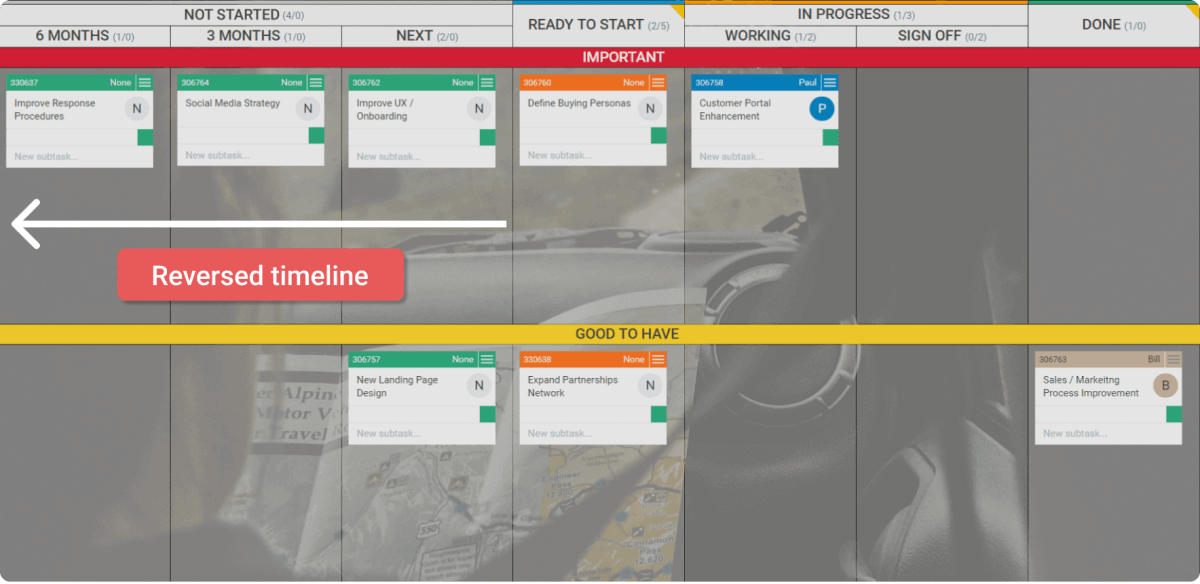
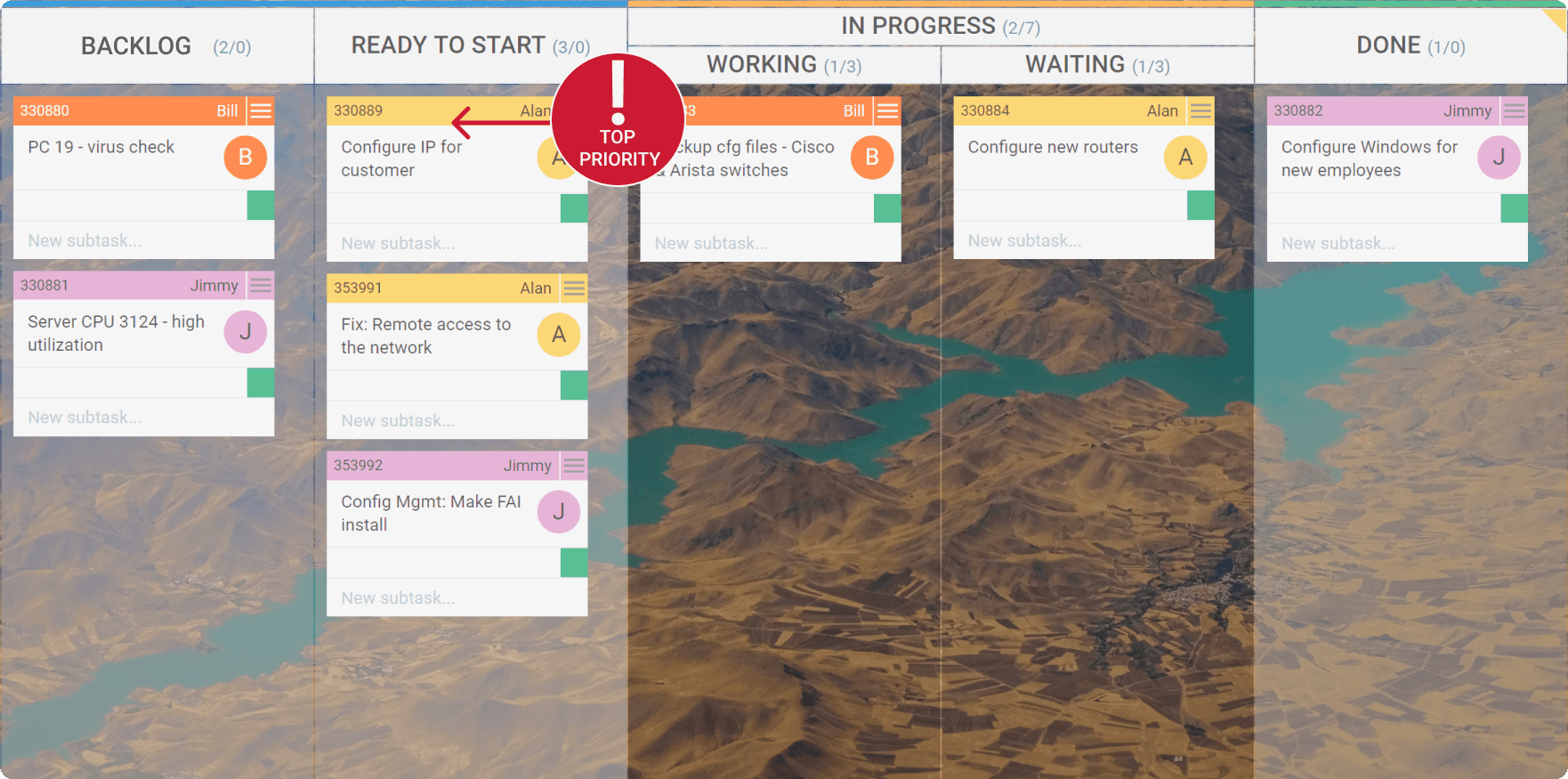
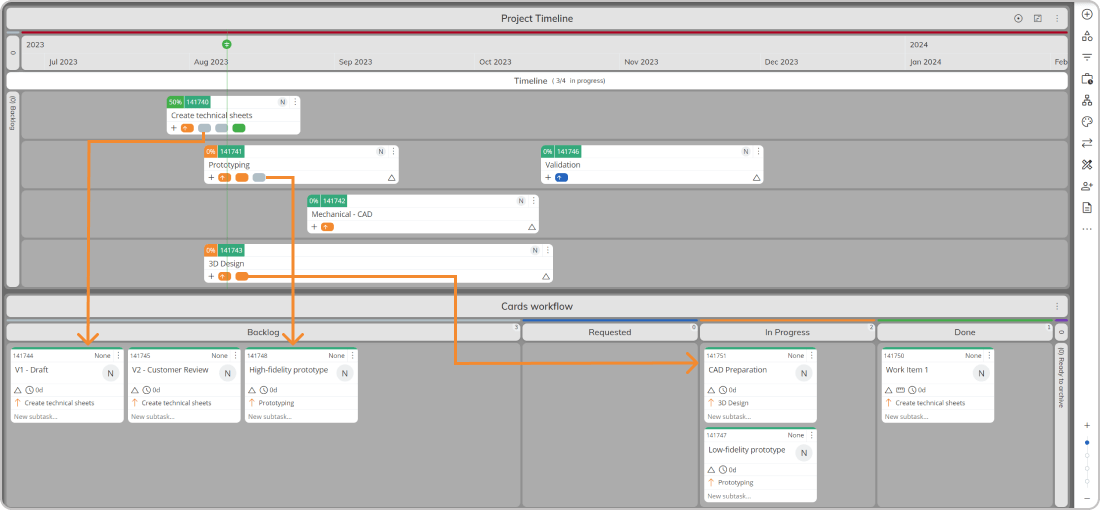
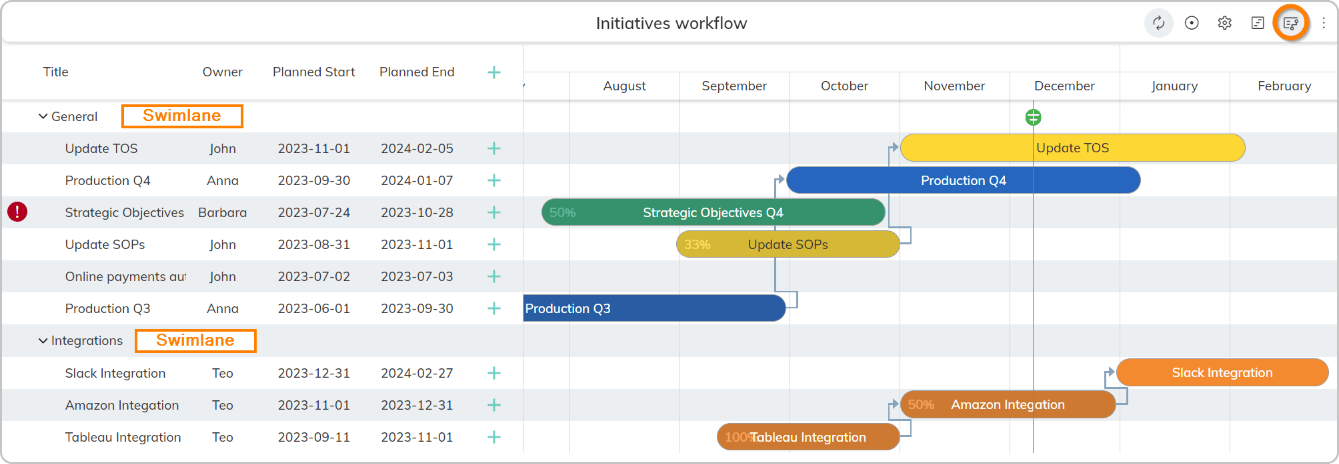
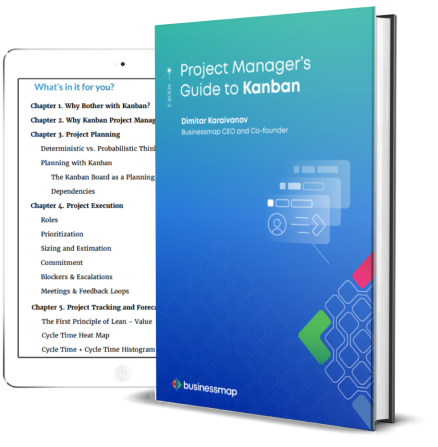
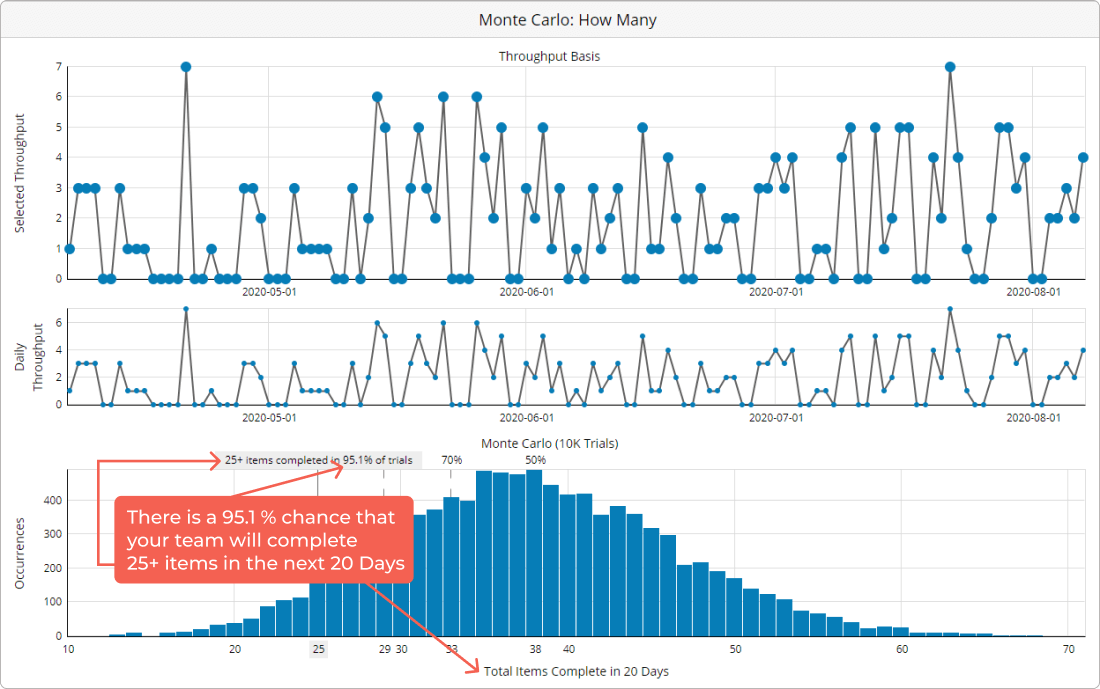
 You must be aware that the forecasting feature will be as good as your historical data. If you have a stable, predictable process, your forecasts will be very accurate.
You must be aware that the forecasting feature will be as good as your historical data. If you have a stable, predictable process, your forecasts will be very accurate.
